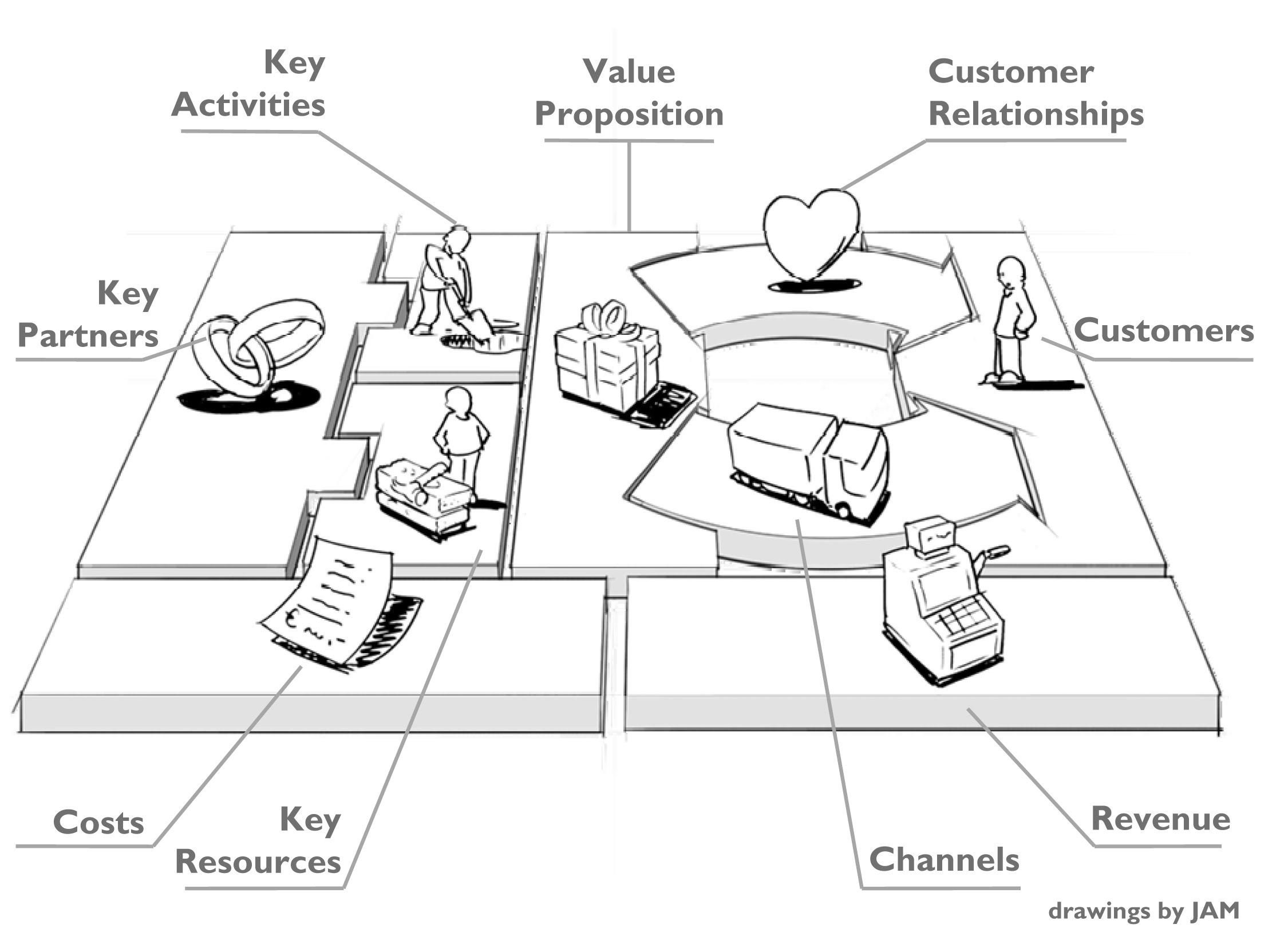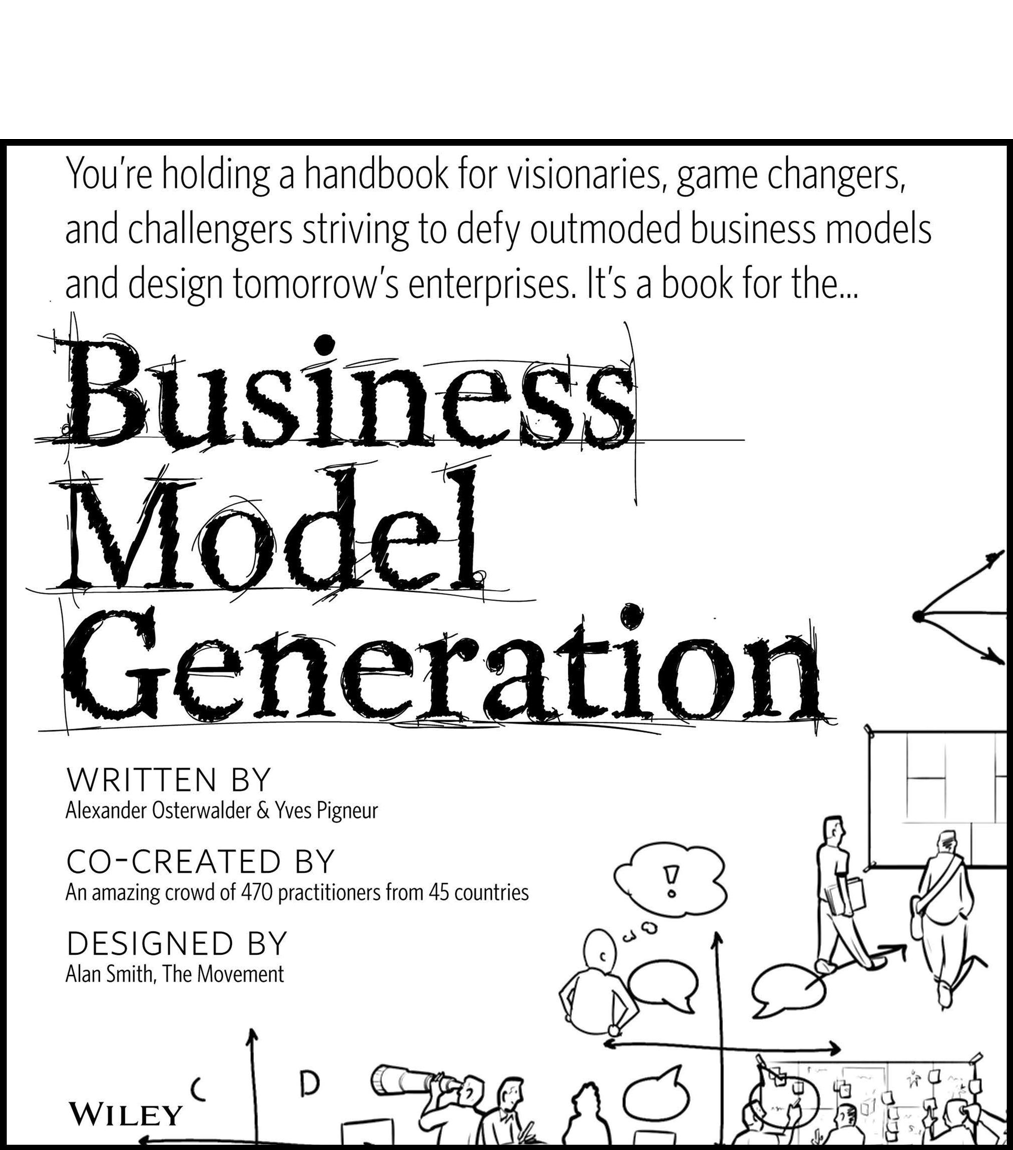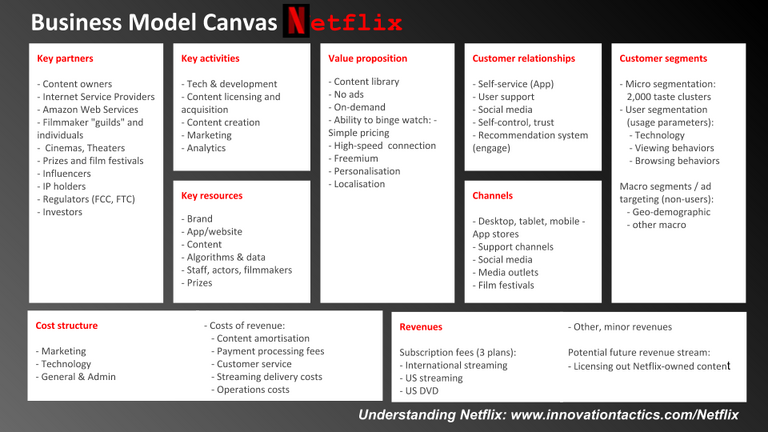Project Management with a Bit of Magic
Plan, manage, and deliver projects efficiently. Merlin Project for macOS and iOS
In two previous articles, the subject of executive summaries has already been discussed in more detail. It was mentioned that business plans are also often presented in a clear and comprehensive form. A well-known example of how to present your business model quickly and easily is the business model Canvas.


The Business Model Canvas is a joint project launched by Alexander Osterwalder and Yves Pigneur, which is intended to present the business model of a company in a comprehensive manner. The model was described in more detail in their book "Business Model Generation". The Canvas distinguishes between two perspectives. The left side of the canvas - like the left side of the human brain - is responsible for creating logical and efficient connections within the internal processes. The right side of the canvas as well as the right side of the brain is responsible for creativity. In terms of the model, this means that the added value of the company's range of products and services is taken into account in order to create added value for the customer. In the following, the individual elements are examined and explained using the streaming service Netflix.
First the aspects of the right half of the canvas are examined. The focus is on the Value Proposition. Here the value of the product/service for a predefined customer segment is analyzed. In this way, Netflix can classify various aspects of the value proposition. Above all, the large selection of different high-quality films and series, which can be viewed at any time without advertising, are the most important value offers of the company.
For the determination and differentiation of one' s own customer segments, not only socio-demographic factors are taken into account, but also the target group-specific "Pains" and "Gains" when performing a task. While the sociodemographics of customers can provide information on their age, nationality and similar factors, only the pains and gains provide a good understanding of a customer's individual needs. Pains include all difficulties or disadvantages associated with the performance of a task or activity. The gains are therefore advantages that a client receives through this task. Here Netflix has taken up the disadvantages of conventional TV stations, that users have to adapt to a certain TV program and are dissolved by the on-demand function. As a result, a former painpoint of the traditional television audience became an advantage for streaming service customers.
Once each customer segment has been described, the Customer Relationship and Channels factors are listed to illustrate the link between the Value Proposition and the customer segments. This will answer the questions "How do customers become loyal to the company?" and "Where do customers learn about our products?" or "Through which channels are the products/services delivered to the customer? At Netflix, the website or app for mobile access, customer support via various media and the in-App recommendation system play a particularly important role.
The right side of the canvas is completed by the revenue streams. This shows how a company's revenue is generated and whether there is only one single revenue channel or several different ones. Other revenue models can also be cited here, such as the free but feature-limited version of a software with premium upgrade or recurring revenue sources, as is the case with subscriptions. Netflix uses a subscription model in which customers can choose between different usage models that differ in streaming quality and the number of users.
In order for value creation to be optimally aligned with one's own customer segments, it must be closely linked to the aspects of the canvas' left side. This includes the key partners, resources and activities as well as the resulting cost structure.
Key partners are the companies/individuals who are external to the company but nevertheless play a role in the company's value chain. For example, service companies could take over one stage of the value chain. At Netflix, content creators, i.e. the authors and producers of the content offered by Netflix, are one of the main partners who have a direct influence on the value offer.
Key activities are the activities in which a company has specialised itself. Thus, the USP, the unique selling proposition or distinguishing feature of the company, is also presented here. In our example, this includes not only the production of our own series and films, but also marketing, the acquisition of external content and the further development of the technology.
Key resources are needed to carry out these activities. A company that is active in e-commerce cannot function as long as the Internet is not available as a resource. Netflix's most important assets are its own brand, website and in-house productions, but also its staff, its developed algorithms and the collected data.
The left side of the canvas thus carries out the activities that are needed to generate the added value. This causes costs that can now be summarized in the cost structure. In Netflix's case, high marketing budgets and license costs for external productions are high cost centers in addition to the payment of personnel salaries.
Based on this representation, you can quickly optimize your company's business model. Ask yourself whether all elements are logically linked or whether there are still gaps between individual elements that block a seamless connection. The model allows you to quickly and easily communicate your business model to others. Examples of applications can be quite diverse: The illustration of your business model to customers can lead to more transparency and thus to more trust. Employees can also more easily understand the links between different internal processes and thus become familiar with the new corporate environment more quickly. The use of this tool also helps external business partners to better recognize their share of the value chain.

Your ideas, our magic – make projects easy! Test now 30 days for free.
